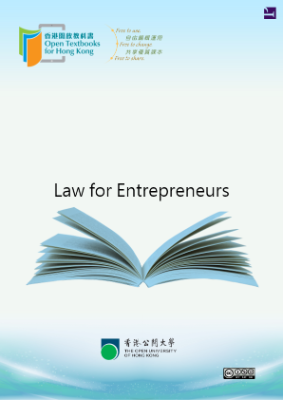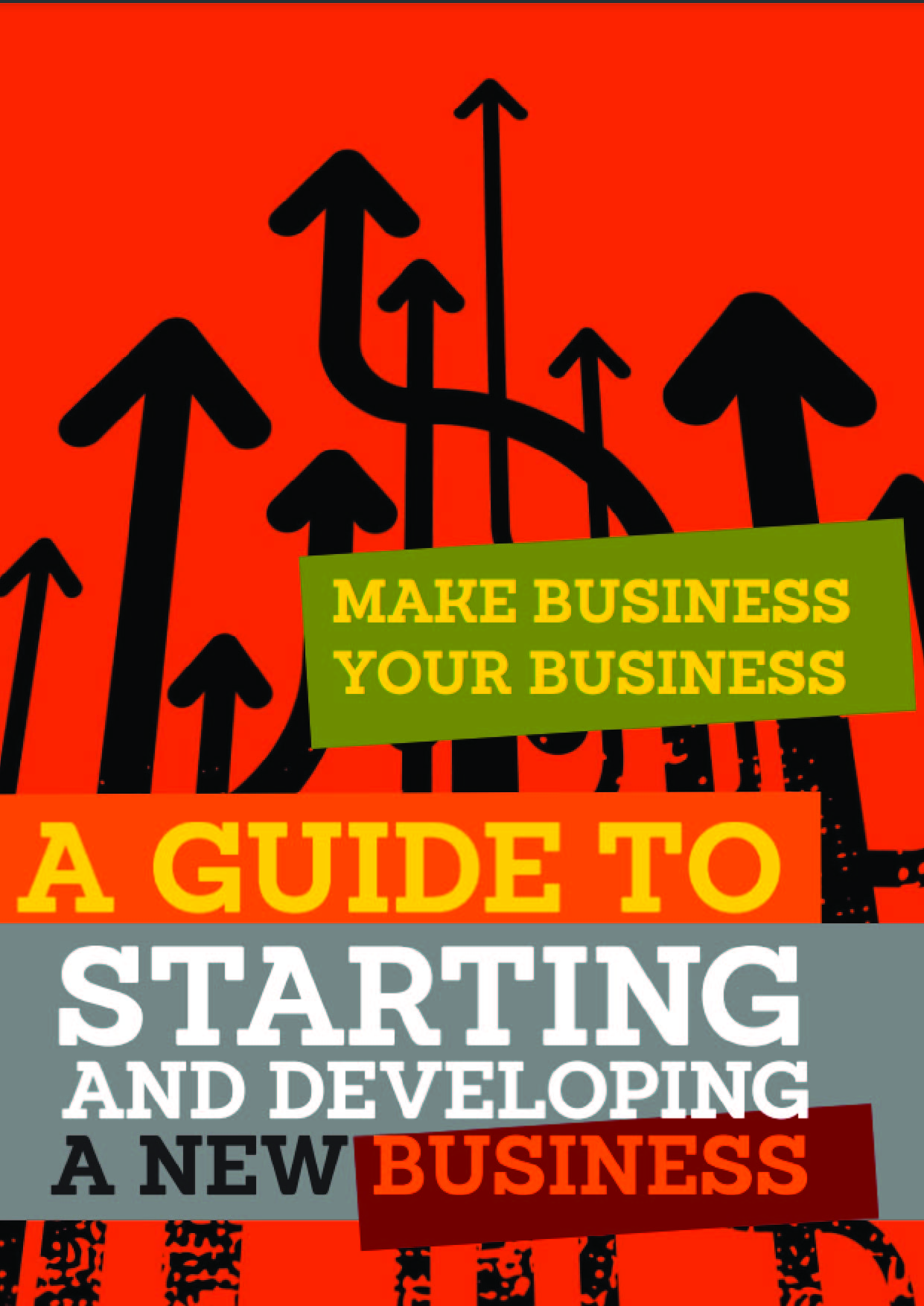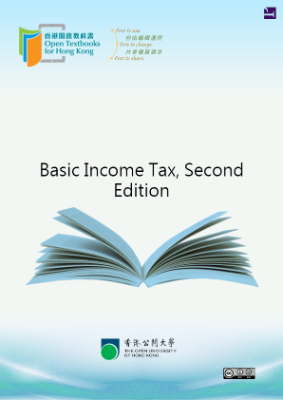Introduction to Law and Legal Systems
Learning Objectives
After reading this chapter, you should be able to do the following:
- Distinguish different philosophies of law—schools of legal thought—and explain their relevance.
- Identify the various aims that a functioning legal system can serve.
- Explain how politics and law are related.
- Identify the sources of law and which laws have priority over other laws.
- Understand some basic differences between the US legal system and other legal systems.
Law has different meanings as well as different functions. Philosophers have considered issues of justice and law for centuries, and several different approaches, or schools of legal thought, have emerged. In this chapter, we will look at those different meanings and approaches and will consider how social and political dynamics interact with the ideas that animate the various schools of legal thought. We will also look at typical sources of “positive law” in the United States and how some of those sources have priority over others, and we will set out some basic differences between the US legal system and other legal systems.
What Is Law?
Law is a word that means different things at different times. Black’s Law Dictionary says that law is “a body of rules of action or conduct prescribed by controlling authority, and having binding legal force. That which must be obeyed and followed by citizens subject to sanctions or legal consequence is a law.”
Functions of the Law
In a nation, the law can serve to (1) keep the peace, (2) maintain the status quo, (3) preserve individual rights, (4) protect minorities against majorities, (5) promote social justice, and (6) provide for orderly social change. Some legal systems serve these purposes better than others. Although a nation ruled by an authoritarian government may keep the peace and maintain the status quo, it may also oppress minorities or political opponents (e.g., Burma, Zimbabwe, or Iraq under Saddam Hussein). Under colonialism, European nations often imposed peace in countries whose borders were somewhat arbitrarily created by those same European nations. Over several centuries prior to the twentieth century, empires were built by Spain, Portugal, Britain, Holland, France, Germany, Belgium, and Italy. With regard to the functions of the law, the empire may have kept the peace—largely with force—but it changed the status quo and seldom promoted the native peoples’ rights or social justice within the colonized nation.
In nations that were former colonies of European nations, various ethnic and tribal factions have frequently made it difficult for a single, united government to rule effectively. In Rwanda, for example, power struggles between Hutus and Tutsis resulted in genocide of the Tutsi minority. (Genocide is the deliberate and systematic killing or displacement of one group of people by another group. In 1948, the international community formally condemned the crime of genocide.) In nations of the former Soviet Union, the withdrawal of a central power created power vacuums that were exploited by ethnic leaders. When Yugoslavia broke up, the different ethnic groups—Croats, Bosnians, and Serbians—fought bitterly for home turf rather than share power. In Iraq and Afghanistan, the effective blending of different groups of families, tribes, sects, and ethnic groups into a national governing body that shares power remains to be seen.










